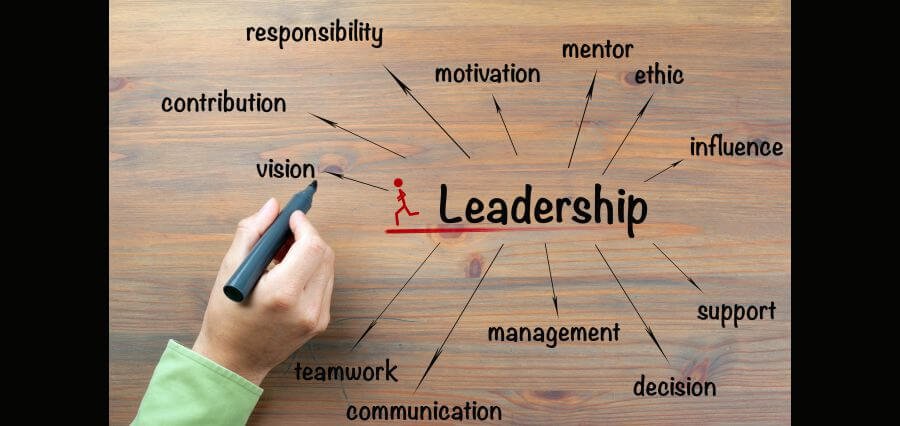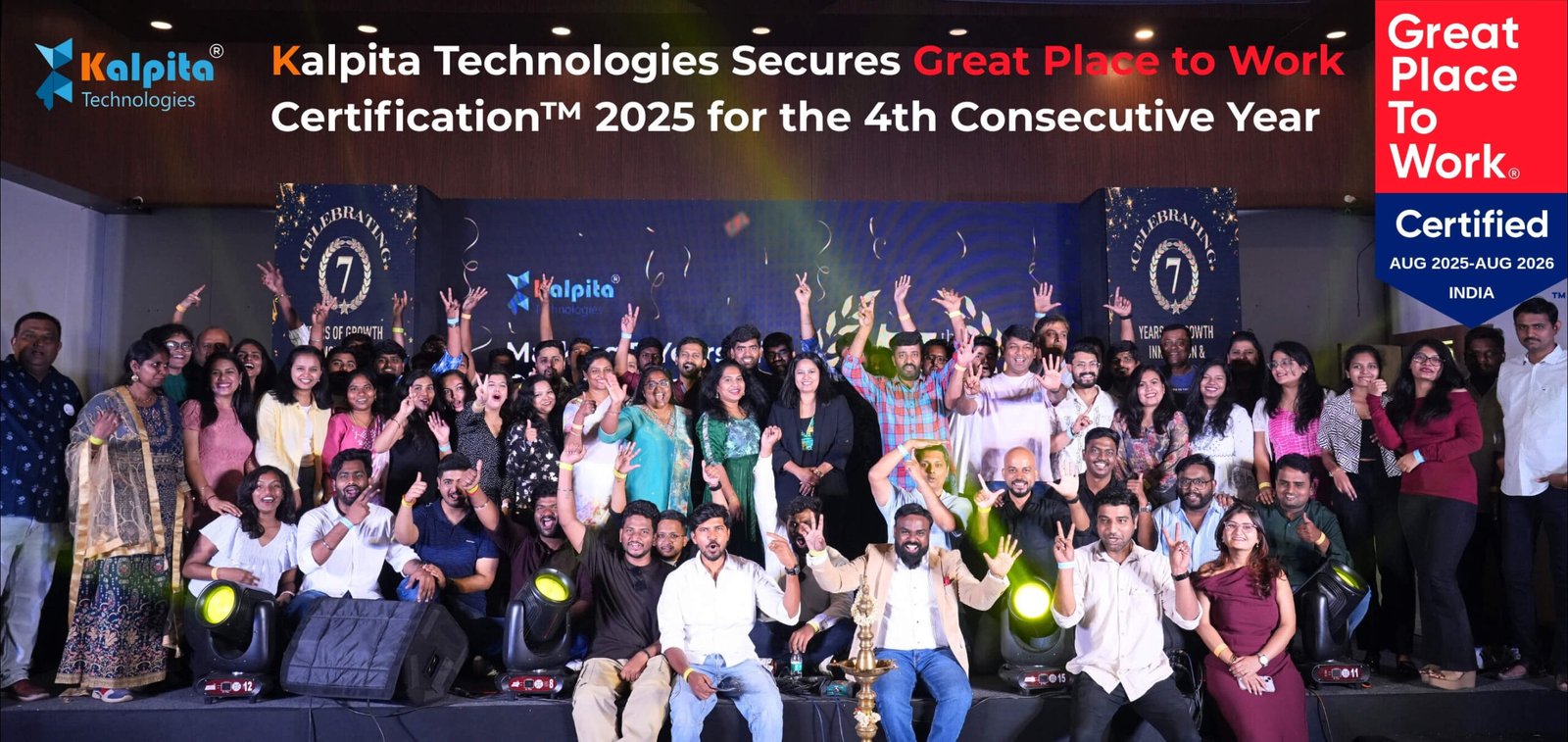Beyond the Horizon
Leadership is the framework that elevates the globe further, making it feasible for societies, businesses, and communities to live up to their common goals. Leaders, in fact, are the very elements that are transformed firstly in this global change scenario. This article considers the future generation of leaders and reflects upon their different challenges, getting people’s trust, and making a future that combines both progress and purpose.
Adjusting one’s strategy when an unforeseen change occurs is a major factor of leadership that is shifting. Disruptions to the world, be it the economy or environment, technological advancements or even changes in market trends, are making leaders more agile. It is about being receptive to new ideas, doubting one’s own or others’ views, and deciding while being provided with pieces of incomplete information. Such leaders usually see a situation of uncertainty as an opening for their personal growth. They focus on being flexible, and thus their teams find it easier to take risks and learn from their mistakes. The recovery capability they demonstrate becomes the main reason for the creation of patches where innovation is alive and, thus, companies are at the forefront of the ever-changing market.
Prioritising Collective Well-Being
The future leaders have to put the well-being of their employees and the communities they lead. This is the step that surpasses other quantitative measures of success, such as profit and productivity, and it is inclusive of such factors as the mental and emotional health of all stakeholders, the feeling of being an integral part of the organisation, and the work that follows one’s values. These leaders exhibit good listening skills as they genuinely care about, and hence they collect input from everyone. They develop a culture in which each person feels free to air their ideas or worries. Such leaders gain people’s trust and loyalty by linking business goals with the welfare of society, thus leading them the feel of belonging that is the driver for the organisation’s success in the long run.
Harnessing Technology with Purpose
The major factor that technology is behind the changes leadership has to undergo is also the reason for new styles of work and communication, among others. Leaders have to be skilled in using the newest technologies that help them to make better and faster decisions, be it AI, automation, or digital solutions, but are they the single most powerful means to keep leadership operational? Not really. Technology is only a means to an end. Leaders who have thought over the matter implement such measures to deepen the interaction between humans, speed up work, and solve the issues that we face in reality. Moreover, they also facilitate the elimination of adverse effects of the digital age. By implementing new technologies and at the same time taking care of the human aspect, leaders will be able to grasp these unexampled opportunities to effect the necessary change and still be loyal to their principles.
Building Trust Through Transparency
Without trust, leadership is impossible and getting it done is almost entirely through transparency. In a world full of scepticism, leaders should not avoid the communication of their decisions, as well as the successes and failures. Talking about the results is one thing, but sharing the reasons and the processes is equally important. One of the traits of transparent leaders is that they admit their errors, request feedback, and willingly involve others in the process of finding a solution. Due to the fact that they are in line with their values, they earn themselves trust and, as a result, get support. The deployment of this technique not only connects leaders with the team and other stakeholders but also establishes the basis for a culture where both accountability and collaboration are considered to be the two sides of the same coin and highly valued.
Cultivating Vision with Collaboration
One cannot underestimate the power of a vision; however, a vision that is co-created is the one that really works. Leaders of tomorrow will not only talk about their pyramidal goals but also bring the whole organisation or even the community on board, gathering the opinion of everyone in order to be relevant and inclusive. The involvement in the joint vision process is a great motivation to the team as they become co-owners of the result of the work. These leaders switch their role from being the “boss” to a “facilitator” who directs the meeting but still doesn’t lose the power of the floor because everybody has to say their contribution. The final goal of linking each person’s dream with the team’s objectives is the generation of a route that is shared and which keeps on triggering action and even inspires through hard times.
Balancing Short-Term Wins with Long-Term Goals
Functioning leadership is also the leadership that can manage the two issues of immediate and long-term work simultaneously. Short-term successes are wonderful for the morale of the team; however, if they are significantly emphasised, the risk of being blind to the overall objectives arises. Visionary leaders anticipate, clarify their decisions, and guide their followers to understand that daily work should be supported by a higher cause. They do this through regular communications in which they tell how tiny moves bring about vast results, thereby keeping the teams stirred up. They maintain the equilibrium of their activities and correspondences between the two spheres so as not to be subjected to burnout, and hence, they can promote a durable flow of progress that will put their organisations in a position to flourish in the years to come.
Leading with Empathy and Courage
Empathy and courage are two inseparable characteristics of the leadership to come. Leaders who show empathy internally are the ones who comprehend and identify with the needs, fears, and even the dreams of the people, hence generating a highly productive work atmosphere. The final emotional quotient acts as a glue for people to stick to the team and thus get and give cooperation. On the other hand, with the help of the bravery attribute, leaders make the decision that is not popular, knock on the door of the past for renegotiating the norms, and relieve the pressure by letting everyone know that they are the vehicular caprices of the new way, although they are themselves the most uncomfortable. Both qualities together make those leaders who not only can build bridges with other people but also adeptly overstep the limits and thus inspire progress extensively.
Shaping Tomorrow’s Path
Leadership of a distant future is going to be a combination of the qualities of adaptability, purpose, and humanity. The three main ingredients are change, well-being, and technology, change needs to be welcomed, well-being prioritised, and technology used thoughtfully, respectively, by the leader. It is through the two acts of transparency and collaboration that trust is established, whereas sustaining the equilibrium between short- and long-term goals is what results in steady growth. Most importantly, though, it will be empathy and courage that will be the main features of those who have power and use it wisely. As the possibility for leadership widens, it means leading is essentially about arousing the readiness in others to co-create a future that is better.
In which way will you provide the leadership that this new era calls for?













